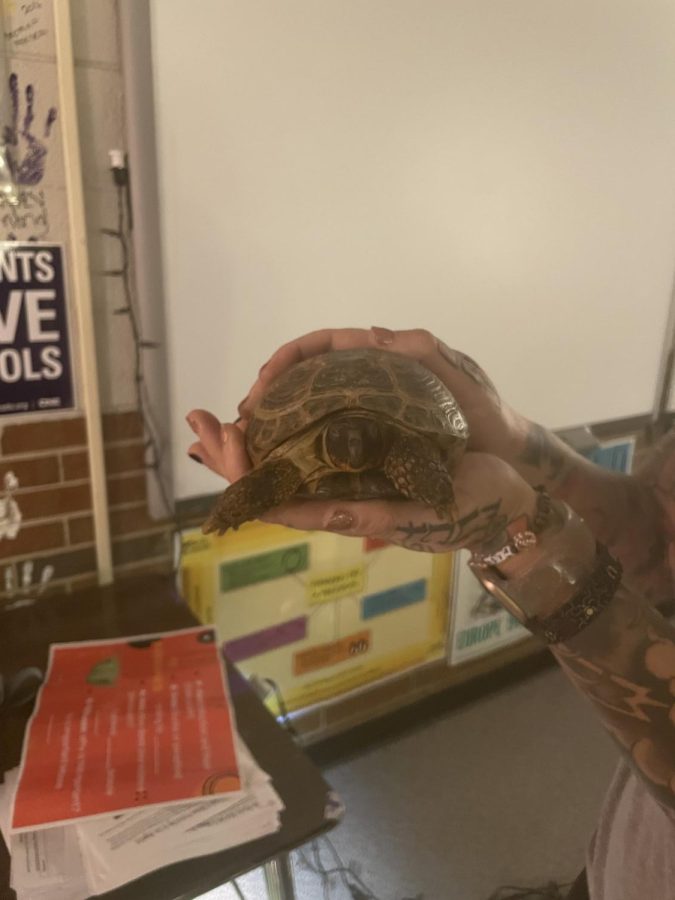By Brendan Johnson
Every Halloween the news bombards people with horrifying warnings of caustic candy and tampered treats.
Parents are told to check any candy their children collect and to watch out for any conspicuous wrappers. But are these fears rational? Or is the media trying to find a story based on a few isolated incidents?
To qualify as a “Halloween Poisoning,” the candy has to be handed out randomly, so there can’t be any targeting of individual children. Many crimes involving candy tampering are either false and don’t involve any malicious intent, or are targeted crimes towards specific children. One example of this misattribution is the 1970 case of Kevin Toston, a five-year-old boy from Detroit. He found his uncle’s heroin and died after ingesting it. The parents attempted to protect the uncle and claimed it was sprinkled in during the boy’s trick-or-treating.
Much of the unnecessary fear that parents harbour for Halloween is due to poor journalism. Many incidents that occurred and were reported were based on unsubstantiated claims or were reported on before any complete investigation could be done. In the 1990 case of Ariel Katz, a seven-year-old girl in Santa Monica, California, who died of an enlarged heart, her story was reported as a Halloween poisoning. This was despite the parents of Ariel informing the police of her heart condition.
These unwarranted fears may soon cause Halloween as we know it to go extinct in pursuit of a false sense of safety. Parents are already taking their kids to specifically organized events where children can trick-or-treat. But these events are detracting from the Halloween tradition as it has been for generations. And sadder still is that our traditional Halloween is being snuffed out for an illogical claim with insufficient evidence to back it.
In the end, the dangers of trick-or-treating are no greater in the streets than anywhere else. There is a possibility of some kind of tampering, but not a probability. The odds of a madman poisoner are so low, and incidents of this are not something that has happened on a random basis. The fears greatly out weigh the chances of these horrible incidents happening. Why erase a source of happiness and a longstanding tradition in favour of “safety” that is not even needed?







